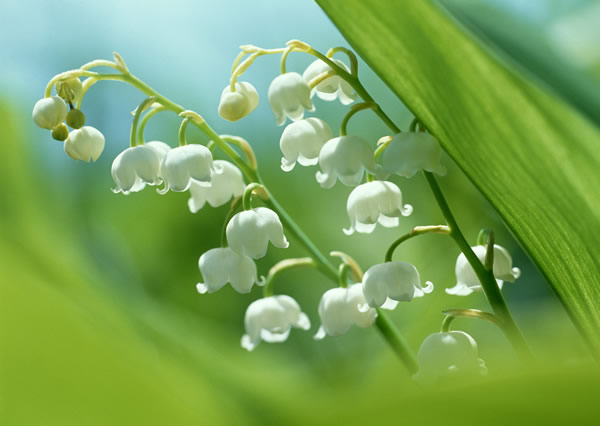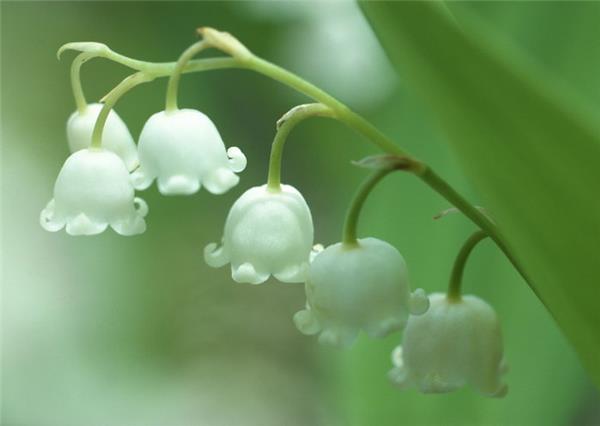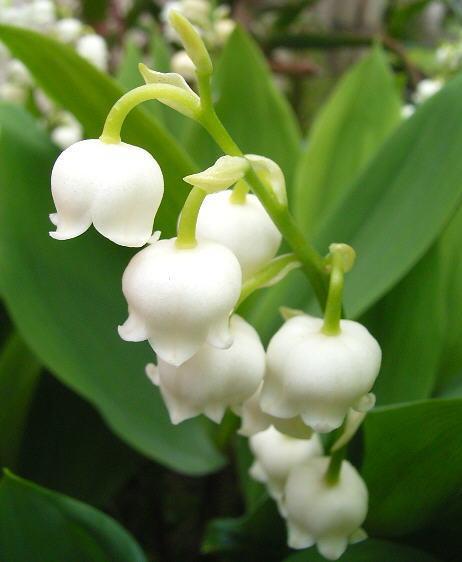[planting method of bell flowers] how to grow bell flowers
Bluebells, also known as bell flowers, get their name because their flowers are similar to wind chimes. at present, there are more than 200 species, such as bluebells, purple bells, etc., which are suitable for growing in the north temperate zone, are more common in Europe, and are cultivated for ornamental use. Its branches are stout, the stems are slender and transverse, the leaves are alternate, the leaves at the base are generally rosette, and a single flower is composed of umbels or panicles, and the colors are mainly blue and white, fresh and elegant. So what is the planting method of bell flowers?

Key points for planting Lingdang flowers:
The suitable temperature for growth is 5-20 ℃, planted from the first to the middle of September, the border planting width is 50cm, and the plant spacing is 25cm single row. Or plant a 6-7 inch pot in a cold bed to survive the winter. Fertile neutral soil is the best. The three elements should be properly applied when sprouting in the next spring. Compound fertilizer for 3-5 times. Keep the basin soil moist during the growing period and apply mature dilute liquid fertilizer once a month. The potted plant turns the pot once every spring and shortens all the branches to promote lateral branches and make them blossom more. Reproduction can be done by cutting or high-altitude pressing, which is mostly carried out in the spring and autumn season.

The flowery words of the bell:
In memory of St. Parinus, the archbishop of Canterpari, the Italian saint of the fifth century, his artistic talent created many beautiful poems for people. Therefore, the fancy language of this kind of flower is creativity. Those who are blessed by this kind of flower not only have excellent creativity, but also have an attractive artistic temperament, independent personality and do not like to rely on others.
Prevention and control of common diseases and insect pests of bell flower
When new leaves sprout every spring, bell flowers are vulnerable to leaf spot disease and so on. For leaf spot disease, 50% carbendazim powder 600x solution and 70% methyl topiramate powder 800x solution can be used to control leaf spot disease alternately, and 1000 times liquid of Wanling powder and 800x solution of omethoate can be used to control insect pests. Spraying once every 7 to 10 days and spraying for 3 times in succession can have a good control effect.

Garden application
When dehiscing, the pods are multiple anti-curls, dehiscing downward, the seeds are thin-winged, and there are many tomentose to facilitate the spread of seeds. Yellow-flowered blueberry trees render the four seasons with different styles: sparse leaves and beautiful flowers in spring, pods in summer, luxuriant branches and leaves in autumn, and desolate beauty in winter.
The function of the bell flower
1. Appreciate
Bluebells are often planted on the edge of flower beds, courtyards or gardens. Their unique flowers, bright and clean, pure and elegant, are in full bloom, especially beautiful, making people feel cheerful and happy.

2. Dress up
Campanula is a lovely and elegant flower, and potted plants can play a different role in dressing up indoors. Of course, it can also be matched with other plants and flowers, such as sunflowers, ivy, etc., to create a happy atmosphere full of vitality, purple bluebells, with swallows, lilies and Tianmeng, showing a quiet and gentle temperament.
3. Be used in medicine
The whole plant of Campanula can be used as a medicine, picked in summer and autumn, washed, chopped and dried. Its bitter taste, cool, can play the role of heat-clearing and detoxification, pain relief, is used to treat pharyngitis, headache and other symptoms.
- Prev

What kind of plant is Liriodendron chinense? the function and effect of Liriodendron chinense
What kind of plant is Liriodendron chinense? the function and effect of Liriodendron chinense
- Next

[flowers suitable for family planting] what kind of flowers are suitable for family planting?
[flowers suitable for family planting] what kind of flowers are suitable for family planting?
Related
- Wuhan Hospital Iron Tree Blooming Result Was Instantly Frightened by the Gardener Master
- Which variety of camellia is the most fragrant and best? Which one do you like best?
- What is the small blue coat, the breeding methods and matters needing attention of the succulent plant
- Dormancy time and maintenance management of succulent plants during dormancy
- Minas succulent how to raise, Minas succulent plant pictures
- What are the varieties of winter succulent plants
- How to raise succulent plants in twelve rolls? let's take a look at some experience of breeding twelve rolls.
- Attention should be paid to water control for succulent plants during dormant period (winter and summer)
- Watering experience of twelve rolls of succulent plants
- Techniques for fertilizing succulent plants. An article will let you know how to fertilize succulent plants.

